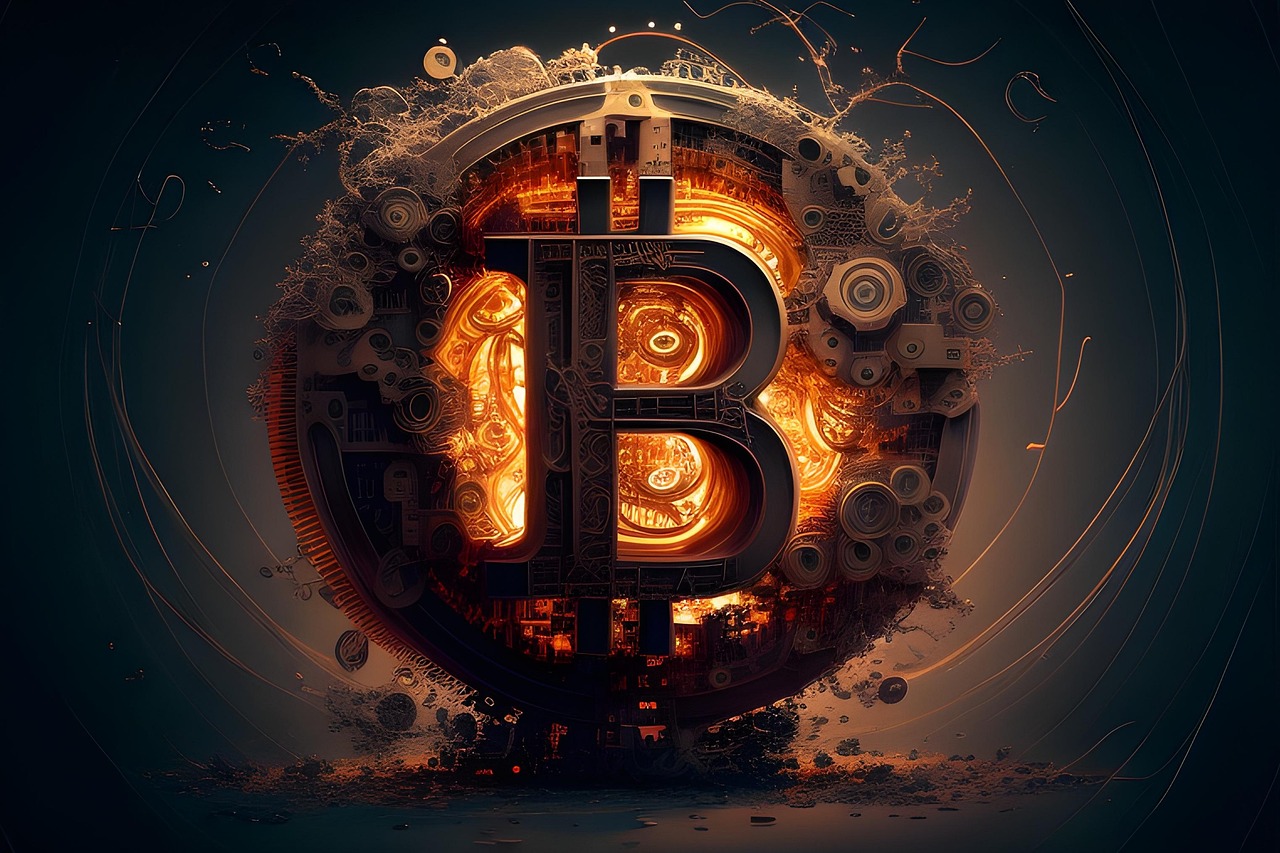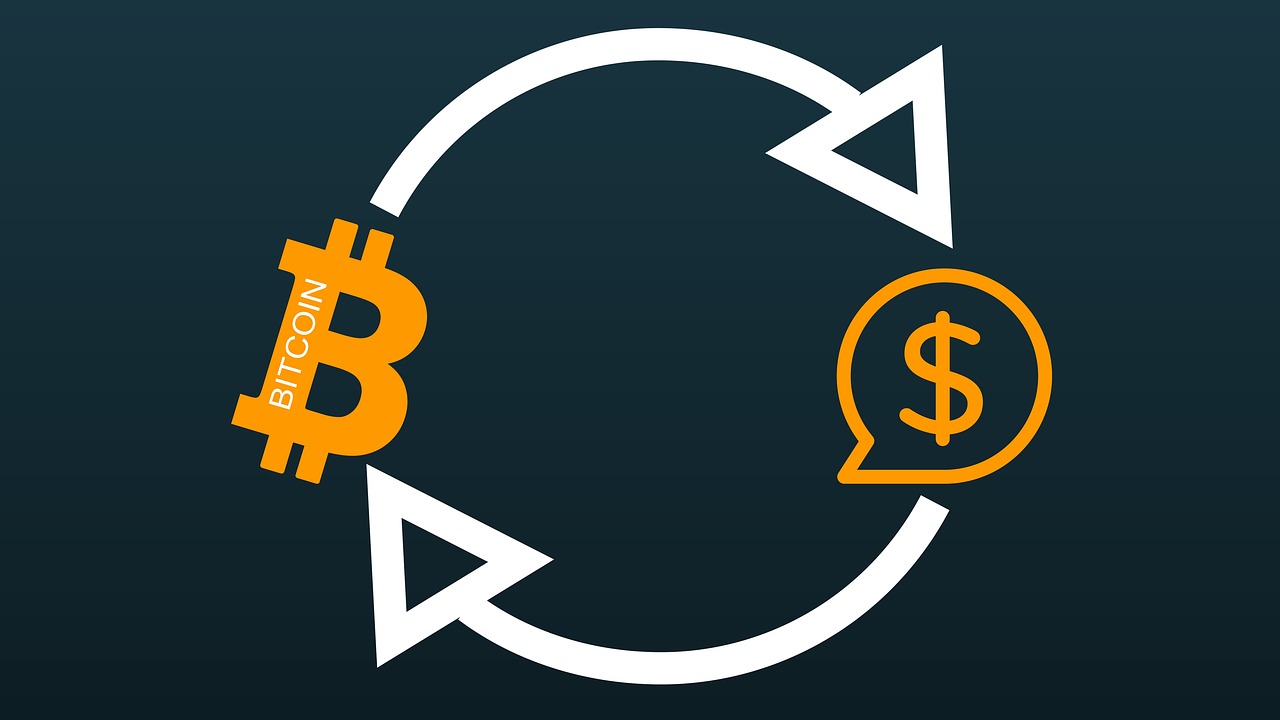Let's Talk About Bitcoin
It's 2025, and despite years of mainstream attention, many still scratch their heads when someone mentions **Bitcoin**. What exactly is it? Who is **Satoshi Nakamoto**? Why was this digital money created, why is it "mined," and what on earth made its value skyrocket? If these questions resonate with you, you're not alone. Let's demystify Bitcoin, breaking down its core concepts and answering the questions many are still asking.
---What Exactly is Bitcoin? The Digital Gold Rush Explained

At its heart, **Bitcoin** is a decentralized digital currency, meaning it operates without a central bank, government, or single administrator. Unlike the dollars, euros, or pounds in your physical wallet, Bitcoin exists purely in a digital realm. It relies on a revolutionary technology called **blockchain** – a distributed, public ledger that records all transactions in a secure and immutable way. Imagine a colossal, unchangeable spreadsheet, continuously updated and shared across thousands of computers worldwide. This network of computers (nodes) validates and records every single Bitcoin transaction, creating a transparent, secure, and tamper-proof history.
Bitcoin was introduced to the world in 2009 by an anonymous entity known only as **Satoshi Nakamoto**. The exact identity of Satoshi remains one of the greatest mysteries of the digital age. Was it a single person, a group of cryptographers, or even a sophisticated AI? We may never know for sure, but their vision laid the groundbreaking foundation for an entirely new financial system, one built on trust through mathematics and cryptography rather than intermediaries.
---Why Was Bitcoin Created? A Response to Centralized Control
Satoshi Nakamoto's whitepaper, titled "Bitcoin: A Peer-to-Peer Electronic Cash System," outlined a clear vision: a currency that could be sent directly from one party to another without the need for a financial institution like a bank. This was not a random innovation; it was a direct response to the vulnerabilities and failures observed in the traditional financial system, particularly evident during the 2008 global financial crisis. Bitcoin aimed to solve several key problems:
- Decentralization: To remove the single points of failure and control inherent in centralized systems. No single entity – be it a government, bank, or corporation – can control or manipulate the Bitcoin network.
- Transparency: While transactions are pseudonymous (linked to addresses, not identities), all transactions are publicly visible on the blockchain, fostering an unprecedented level of financial transparency.
- Security: Transactions are cryptographically secured using advanced encryption techniques, making them incredibly difficult to counterfeit or reverse.
- Censorship-Resistance: No authority can block, reverse, or seize Bitcoin transactions, making it a powerful tool for financial freedom in areas with oppressive regimes or high inflation.
- Limited Supply: Unlike fiat currencies, which can be printed indefinitely, Bitcoin has a fixed supply cap, designed to mimic scarce resources like gold and prevent inflation caused by over-issuance.
The Intrigue of "Mining" and Bitcoin's Ascent in Value

When we talk about "mining" Bitcoin, we're not talking about pickaxes and hard hats. Instead, it's the highly technical process by which new Bitcoins are introduced into circulation, and more importantly, how transactions are verified, grouped into "blocks," and added to the blockchain. **Bitcoin miners** are individuals or organizations who dedicate powerful, specialized computers (ASICs - Application-Specific Integrated Circuits) to solve complex mathematical puzzles. This process is often called "Proof-of-Work."
The first miner (or mining pool) to successfully solve the cryptographic puzzle gets the exclusive right to add the next "block" of validated transactions to the blockchain. As a reward for their computational effort and securing the network, they receive newly minted Bitcoins, along with any transaction fees from the block's transactions. This process requires significant computational power and electricity, which gives new Bitcoins an inherent cost, reinforcing their value.
So, what exactly has driven Bitcoin's often-astronomical price increases, from fractions of a cent to tens of thousands of dollars? It's a confluence of economic principles, technological breakthroughs, and evolving societal perceptions:
- Digital Scarcity: Only **21 million Bitcoins** will ever be created. This hard-coded supply limit, combined with increasing global demand and adoption, naturally creates an environment of scarcity that drives up value. It's often compared to digital gold.
- Decentralization & Security Premium: In an age of economic uncertainty and distrust in centralized institutions, Bitcoin's independence from central banks and its robust cryptographic security features make it an attractive alternative.
- Increasing Adoption & Utility: As more individuals, businesses (from small merchants to tech giants), and even sovereign nations (like El Salvador) adopt Bitcoin for payments, investments, and as a reserve asset, its utility and perceived value grow. This mainstreaming legitimizes it further.
- Halving Events (Halvings): Approximately every four years (after every 210,000 blocks mined), the reward for mining new Bitcoins is cut in half. This pre-programmed event, known as a "halving," reduces the rate at which new Bitcoins enter the market. Historically, these supply shocks have often preceded significant price surges.
- Macroeconomic Factors: Global inflation, geopolitical tensions, and interest rate changes can influence traditional markets and, in turn, drive investors towards alternative assets like Bitcoin, which is seen by some as a hedge against economic instability.
- Network Effects and Speculation: As the network grows larger, with more users, developers, and infrastructure, its value increases. However, like any emerging asset, speculation also plays a significant role. Investor sentiment, major news announcements, regulatory developments, and broader market trends can lead to rapid and sometimes dramatic price fluctuations.
Understanding these multifaceted dynamics is absolutely key to grasping why Bitcoin has transformed from an obscure internet curiosity into a hot topic in global finance and a significant asset class. If you're interested in the broader landscape of digital assets and decentralized technologies beyond Bitcoin, you might find our previous article on Navigating the Crypto Frontier insightful.
---The Future of Digital Currency and Beyond
Even in 2025, Bitcoin continues to evolve and adapt. While its price can still be volatile, its foundational technology and the core principles it upholds – decentralization, transparency, and user empowerment – are profoundly shaping the future of money and, indeed, the internet itself. From individual retail investors looking for alternative investments to institutional players and even central banks exploring their own digital currencies, the conversation around Bitcoin is no longer niche; it's a fundamental and inescapable part of the global financial and technological dialogue.
As we move further into this rapidly accelerating digital age, understanding Bitcoin and the broader ecosystem of cryptocurrencies becomes less of an option and more of a necessity for anyone looking to navigate the evolving financial and technological landscape. The initial questions about its mysterious creator and its complex mechanics are slowly but surely being replaced by a deeper appreciation for its enduring resilience and its potential to fundamentally reshape how we think about, use, and interact with money and value.
For more in-depth knowledge on the underlying blockchain technology that powers Bitcoin and other cryptocurrencies, you can explore resources like Ethereum's official site for insights into programmable blockchains, or the Web3 Foundation for a broader understanding of the decentralized web and its implications.
---Stay Connected with Web3site.help!
We encourage you to visit our website often, as we'll be continuously adding many more interesting articles and useful resources. For instance, at the top of our page, you can always see the current USD prices of the most well-known cryptocurrencies. Plus, we have a very handy crypto conversion calculator available on this page: web3site.help/tools/coin-calculator . In our upcoming articles, we'll be taking a closer look at emerging coins where there's a great chance to catch price doublings or even triplings! See you soon, and until then, keep reading our articles! Goodbye!
Share This Page